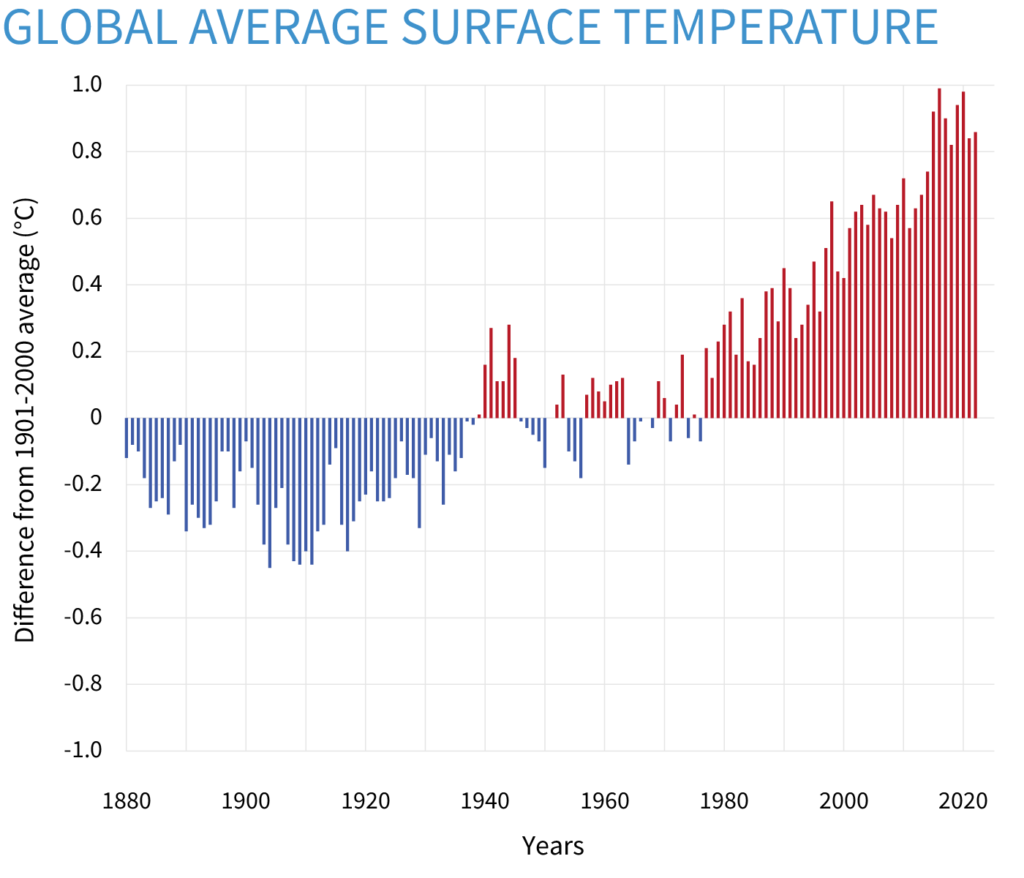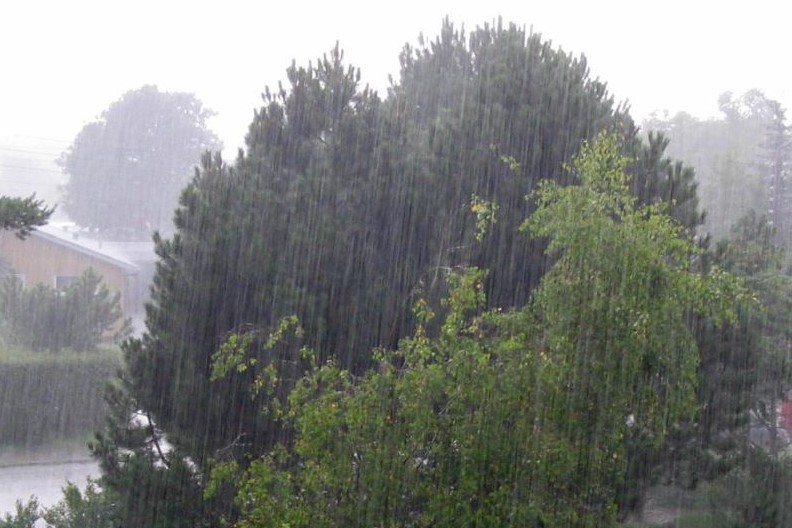We’ve been blessed with lots of rain this year, though, sadly, it was far too much for many areas to handle. Precious lives have been lost, as well as property.
According to Dwight Weiss, cofounder of Weiss Bros. Nursery, from Dec. 27 to Jan. 16, 31.8 inches of rain fell at his location near Cedar Ridge. This brought the rain year-to-date total to 53.3 inches, 90% of what fell last year’s total. He’s been meticulously measuring the rainfall since the 70’s when he and his partners started their nursery.
He notes that his spot out on 174 tends to get a little more rain than Grass Valley or Nevada City. When it’s raining, he reports his rainfall readings daily to KNCO—listen in if you want to know how much we’ve gotten.
He told me how he’s observed the fluctuations of wet years and dry years and how they cycle back and forth. This is the natural rhythm and our native forest plants are well-adapted to it. But things have gotten more extreme.
Is the drought over?
With the snowpack at roughly 250% of average so far and well-watered soils it feels like we don’t have to worry about drought…for this year anyway. Most areas of California have reduced drought standings.
But the western states have been enduring a megadrought for the past 20 years, the worst in 1,200 years. The forests have been drying with insufficient rainfall. And while the native trees can handle the usual vagaries in rainfall cycles, this megadrought has pushed many of them too far. Some say that it will take several good rain cycles to overcome the drought damage.
Is the fire risk lower?
No one knows yet for certain, but the forest soils and trees and plants are well-watered—that helps immensely.
This rain came soon after Cal Fire published a map of communities that showed the greatest risk for a fire. It shows that our entire area is (was?) in the “very high” risk zone (we knew that). Will that be changed because of the rain? We’ll need to see how the rest of the rain year plays out.
Trees have been weakened throughout the drought; bark beetles have preyed on and killed these weakened trees. And dead trees contribute to fire.
Rain leads to more weed growth
With good rain, the wild grasses and other weeds will grow abundantly. When the rain ends and they go to seed, they start to “cure.” And that leaves dead, flammable vegetation. These are not a part of our region’s native plants, they are invasive plants that came in from European settlers for food for their livestock. When the hot, dry days come, these are the plants that catch fire fast. They need to be weed-whacked back each year before temperatures get hot. They contribute to our fire risk.
Heat is still a threat
Both drought and excessive heat have increased the frequency and intensity of wildfires.
Global temperatures have been rising steadily over the past 40 yrs. NOAA reports that “the 10 warmest years in the 143-year record have all occurred since 2010, with the last nine years (2014–2022) ranking as the nine warmest years on record.”

We’ve been feeling it here in varying degrees depending if we’re in a La Nina or El Nino cycle. Climate predictions are that we may move into an El Nino condition sometime this year, after an unprecedented 3 year La Nina phase. An El Nino means even higher temperatures around the globe. NOAA says that 2016, an El Nino year, was the hottest year ever recorded. And 2022 was the 6th hottest.
We’re living with more heat and that means greater fire risk and plants need more water.
Let the rain soak into your soil
Sometimes our landscape practices shed more rainwater than what soaks in. This leads to landscape plants needing more irrigation. In drought years we need to reduce water use, but we want the plants to be hydrated to lower their flammability.
The forest plants all around us in Nevada County have been able to soak up rainfall because the forest floor has fallen pine needles and leaves to create a soil sponginess that absorbs it. And soil organic matter that holds it.
Set up your landscape to absorb as much of the rainfall as possible and hold it. When rain can sink into the soil, it helps plant roots and it recharges your aquifer…and it helps stave off a dry well later in the year.
Three ways of doing this are to use mulch, create swales, and minimize impervious surfaces on your property.
Mulch the soil
Increase the sponginess of your soil with a good mulch to let the rain soak into your plantings. Bare soil can repel more water than it lets soak in. Plus, mulch keeps the soil moist and cool longer into the hot summer months, too. The best mulches will break down and incorporate into the soil over time, providing nutrients.
For fire safety, a variety of mulch materials were tested a few years ago. Next to rock mulch composted wood chips were found to be the safest choice for fire safety. Bark was found to be next to worst. See my article for details on this.
For plantings of perennials a mulch of compost and composted wood products is excellent. All mulches will prevent water from readily evaporating from the soil and will keep the roots moist further into the summer months. Read more on storing water in soil, and on ways to harvest rainwater and here.
Create swales
See where rainfall gathers on your landscape. Create depressions, called swales, in the soil to hold the water so it can slowly sink in. This keeps water in your soil and recharges your aquifer. And it reduces runoff that erodes soil and fills nearby streams. See more details on how to harvest rainfall with swales here.
And more…
Using hardscape materials that are pervious to water allows more water into your soils and less drainage away from your property…and not overwhelming streams. Use gravel, decomposed granite, and pavers instead of solid concrete.
Choosing water-wise plants whenever you make changes to your landscape is really the only way to go in this time of extreme weather cycles and excessive heat.
Now’s a good time to work to improve your landscape’s resilience to heat and drought. While we have lots of water!

